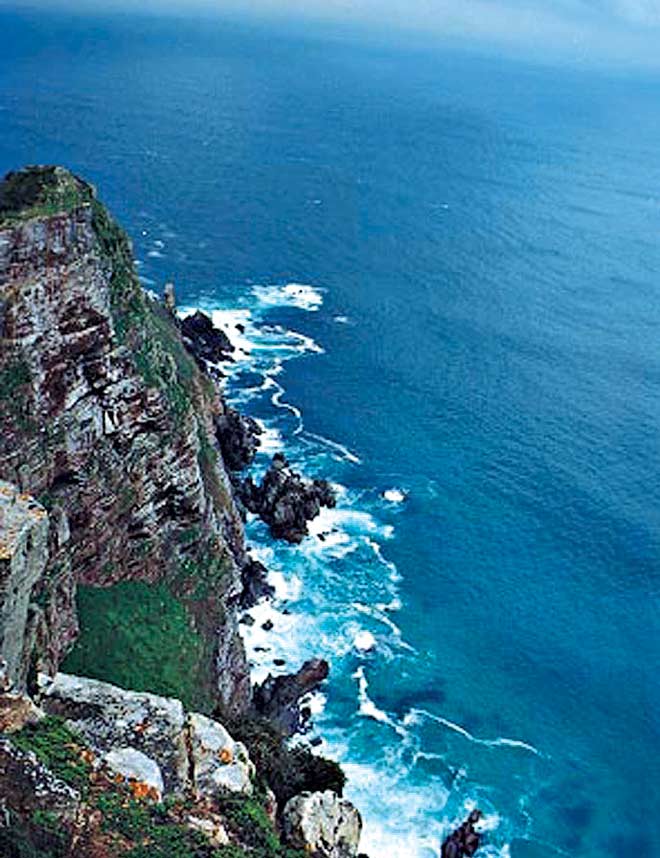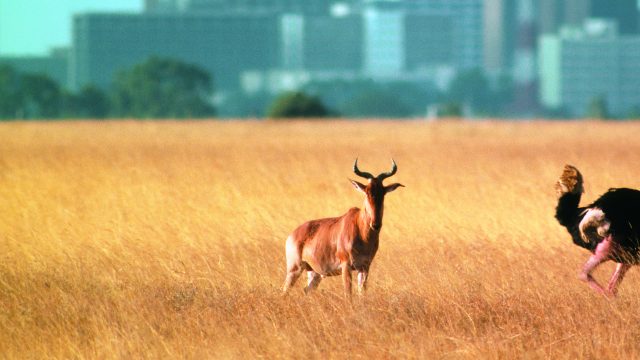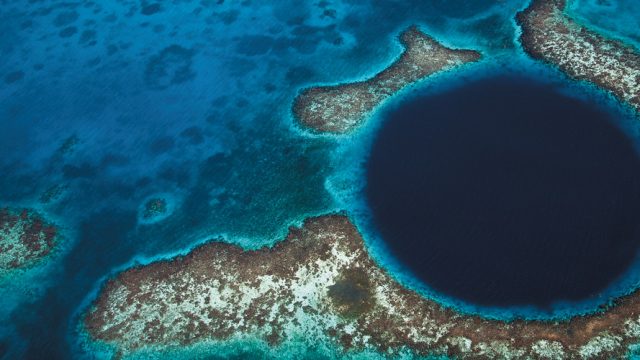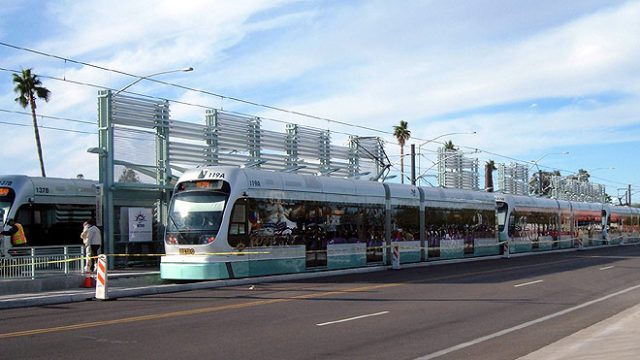1. Table Mountain
Not many cities can boast a miniature Deccan plateau plonked right in the middle
2. Museums
South Africans call Cape Town the Mother City, since this is where the first European settlements were made (the Khoisan natives who were driven away or killed would presumably disagree). There is consequently plenty of history around and the city has taken pains to ensure it’s well commemorated. Even if one doesn’t like museums, Cape Town’s are worth seeing. They range from the standard (the South African Museum) to the ethnic (the Jewish and Bo-Kaap museums, the latter commemorating the city Cape Coloured community), the artistic (the National Gallery and the William Fehr Collection), the educational (the Maritime museum), the commemorative (Robben Island), the scientific (the West Coast Fossil Park) and even what’s really an upmarket boutique (the Gold of Africa Museums). Most are new and impressive. The one really must-see place, though, is much simpler. The District Six Museum commemorates city’s most multicultural and bohemian area which was brutally demolished by the apartheid authorities. Its a wonderfully folksy little place, where the spirit of the vanished area is poignantly conveyed through simple, very real and hand-crafted displays. It’s appealing, lively and very moving all at once. Indian visitors should make a point to speak to Noor Ebrahim, a charming gentleman of Gujarati Muslim descent who was one of the old inhabitants of the district, and now its historian and guide to the museum.
3. Driving – the Cape of Good Hope and the coast
A few hour’s drive away from the city, the Cape is not the southernmost point of Africa (Cape Aguilhas is), but windswept and isolated, it certainly feels that way. Its a natural park, filled with the finebos, the low lying scrub the scent of which is the characteristic aroma of the whole Cape peninsula. As much as the Cape though, the amazingly scenic drive there is the reason for going, where wonderful views alternate with picturesque little settlements. Kalk Bay is the most pleasant and unpretentious of these. Stop in this fishing village to eat excellent sea food on the terrace of The Brass Bell, with the waves crashing next to you, or awesome pastries at the Olympia deli (the cinnamon twists are out of this world). Other drives from the city will take you in different directions along the coast, towards the wine country for example, or to Hermanus, a drive that has been called ‘the most beautiful in the world’ and which offers the chance to watch the whales which come to the bays along this coast to calve.
4. Walking
South Africa’s crime rate makes moving around its cities risky and, let’s be honest, Cape Town has its risks as well. But compared to Johannesburg, where public urban spaces are almost off bounds now, it’s still relatively safe. Stay within the better known areas, move around with company if possible and walk confidently, and you should do OK. After the constraints of Jo’burg this can be wonderfully liberating – and rewarding too, given the cool climate and the many great city views, both ideal for walkers. You must amble to the Bo-Kaap, a residential quarter that was (and still is) home to the ‘Cape Malays’, Muslims from the Dutch colonies in Indonesia brought to the Cape as slaves and prisoners. Set high over the city, its houses, painted in vivid pastel colours, are a wonderful sight. From there walk down to the cafes of Long Street or the shops and restaurants along Kloof Street and end in the beautiful old Company Gardens, where there’s a pleasant cafe under the trees.
“Cape Town is the sort of place where everyone sits around in cafes working on their projects,” said a friend in Johannesburg disparagingly, and from the viewpoint of that ultra-busy, money focused metropolis, it’s. There is something very laid-back and languid about people in Cape Town and quite a few of them can be found in the city’s many excellent cafe’s and bars, scribbling away at what look like screenplays or sheaves of music. There’s plenty to do, but somehow it never seems that important when you’re there. It’s the city to relax in par excellence. My usual hang out was Lola’s, a small, slightly grungy place on Long Street where the somewhat erratic vegetarian food was more than compensated for by the considerable charm of its staff and a generally unaffectedly alternative vibe. The Long Street Bar just opposite is a larger, more conventional and rather posher place with large pleasant wooden paneled interiors, but where again one can spend hours with no question from the staff. Cape Town is full of places like this with the greatest concentration being found on Long Street near the city centre and, a little further out, in Observatory.
5. Shopping
Much of the shopping is geared to western tourists—expensive and kitschy. But there’s great African music, live (in the Long Street clubs) or recorded in the gigantic CD warehouse in the otherwise entirely avoidable tourist trap called the Victoria and Albert Waterfront. Not far from there is a flea market where Africans from every corner of the continent sell their crafts. There is tourist junk, but also some really attractive stuff (check the West African masks) and the stall holders are friendly. Long Street has wonderful bead shops—anyone can pick a tray and fill it with an amazing variety of beads of every possible material and place, which make cheap and beautiful gifts. If you’re looking for books, Clarkes, also on Long Street, has been called the best book shop in Africa. Henrietta Dax who runs it is the ultimate source of help on books relating to Africa, and there’s also has a good second hand section upstairs.
6. Robben Island
Nelson Mandela was prisoner here for decades. The island itself is now a largely peaceful place where native African animals have been encouraged to breed – you’ll see ostriches, gazelles and penguins. The real reason to go though is the prison and this is truly moving, because your guides are ex-prisoners who tell you what it was really like.
7. Clubs, Drag Shows
Cape Town has a very lively nightlife, positioning itself as the Gay Capital of Africa—but not in an exclusionist way. The bars, clubs and discos in the Waterkant-Somerset Road area are good places for anyone to hang out in, drag shows being particular favourites with a very mixed audience. The city’s most famous drag figure, Evita Bezuidenhout, is the creation of Pieter-Dirk Uys, one of South Africa’s foremost comedians who created her overwhelming personality during the apartheid era to skewer the absurdities of the regime. She now does a range of other characters and impersonations to unmask the absurdities of the current authorities. Uys offers a show every Monday in Cape Town and it’s absolutely unmissable.
Cape Town
day trips
nightlife





